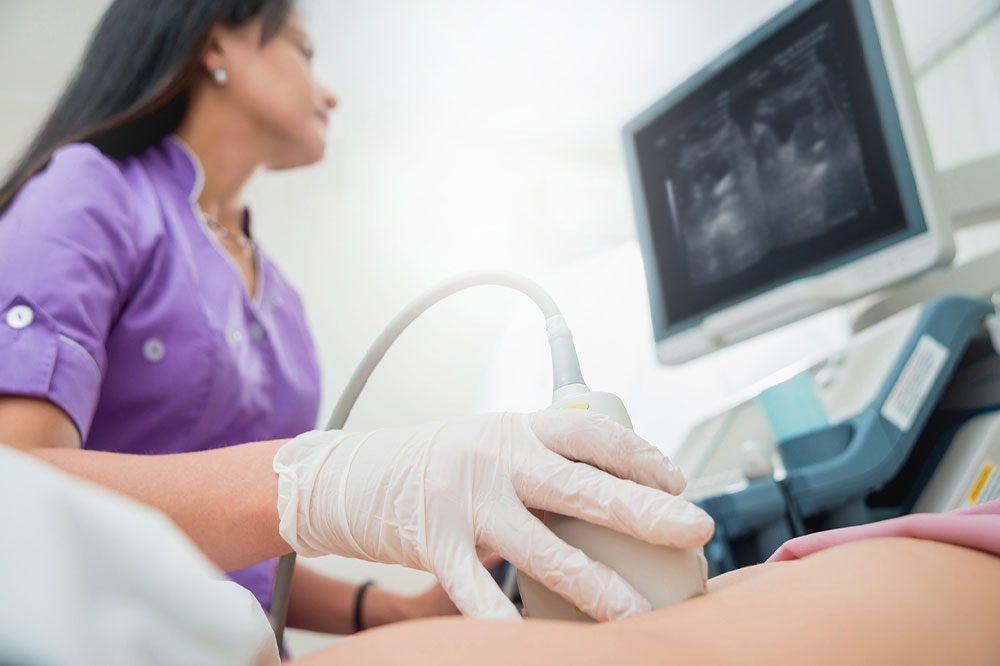
The purpose of an echocardiography and its types
The heart is one of the most vital organs in the body. Therefore, it’s essential to diagnose, prevent, or treat health complications. Healthcare experts use a test called echocardiography to check if the organ and its valves are functioning appropriately. Here, live images of the heart are rendered with the help of sound waves. The rendered image is known as an echocardiogram. But before agreeing to the test, there are multiple factors one should keep in mind.
The purpose of the test
The desired purpose of an echocardiogram will differ from one person to another. The primary purpose of the test is to identify the structure and function of the heart. A healthcare expert usually orders the test if they have heard something unusual when listening to a patient’s heartbeat through a stethoscope. The test may also be prescribed if the individual shows signs of heart problems like shortness of breath and pain in the chest. An abnormal EKG may also require diagnosis with an echocardiogram. Moreover, an echocardiogram can help determine the health of the heart muscle, usually following a heart attack. The test also helps identify the defects and irregularities in unborn babies. With the test, one can determine several factors, including:
- Potential fluid in the sac that surrounds the heart
- The size of the heart. This includes identifying if there are unusual changes in the chamber size, thickening, or dilation
- Difficulties with the pumping function or relaxing function of the organ
- Issues with how the heart valves function
- Anomalies with the aorta – the main artery connected to the heart
- Abnormal pressure development
- Presence of blood clots in the heart chambers
Types
Multiple echocardiograms are prescribed for various health situations. The most common types include:
Transthoracic echocardiography
A transthoracic echocardiography is the most common type of echocardiography ordered by healthcare specialists. During the procedure, a transducer is placed on the patient’s chest over the area of the heart. The device transmits ultrasound waves through the chest toward the heart. Once the sound waves bounce back from the heart to the transducer, it produces live images on a screen. These pictures are collected with other data by the expert who looks for abnormalities.
Transesophageal echocardiography
Sometimes the expert might require detailed images of the heart. Here’s where they might order a transesophageal echocardiography test. During the process, the doctor guides a small transducer down the patient’s throat through their mouth. The patient’s throat is made numb to make the procedure easier and prevent gag reflex. Once the device approaches the rear of the heart, the doctor gets a more detailed view of complications, otherwise hidden during the transthoracic echocardiogram.
Stress echocardiography
In this procedure, the doctor will follow the transthoracic echocardiography and collect images before and after the individual exercises or take prescriptions to increase the rate of their heartbeat. The method helps assess the heart’s function when it needs to perform under stress. A stress echocardiography test also helps determine if there are signs of high blood pressure, heart failure, and other cardiac concerns.
Three-dimensional echocardiography
In three-dimensional (3-D) echocardiography, the healthcare expert uses transesophageal or transthoracic echocardiography to render a 3-D image of the patient’s heart. To get ideal results, multiple images are taken from various angles. A three-dimensional echocardiography is usually ordered before a patient receives heart surgery. The test is also prescribed to diagnose potential heart complications in kids.
Fetal echocardiography
A doctor may recommend this test for expectant mothers between 18 and 22 weeks of pregnancy. The procedure involves using a transducer over the abdomen of the pregnant individual to check for anomalies in the heart of the fetus. Moreover, the procedure is deemed safe for an unborn child as it is free from radiation.
Echocardiograms are usually noninvasive procedures that help assess heart health complications. Sometimes the healthcare expert may inject a contrast dye or agitated saline for clearer images. However, this may lead to allergic reactions. The use of contrast dyes should not be used during pregnancy. Therefore, one should always ask their healthcare provider how to prepare for the procedure and what is the recommended meal plan.




